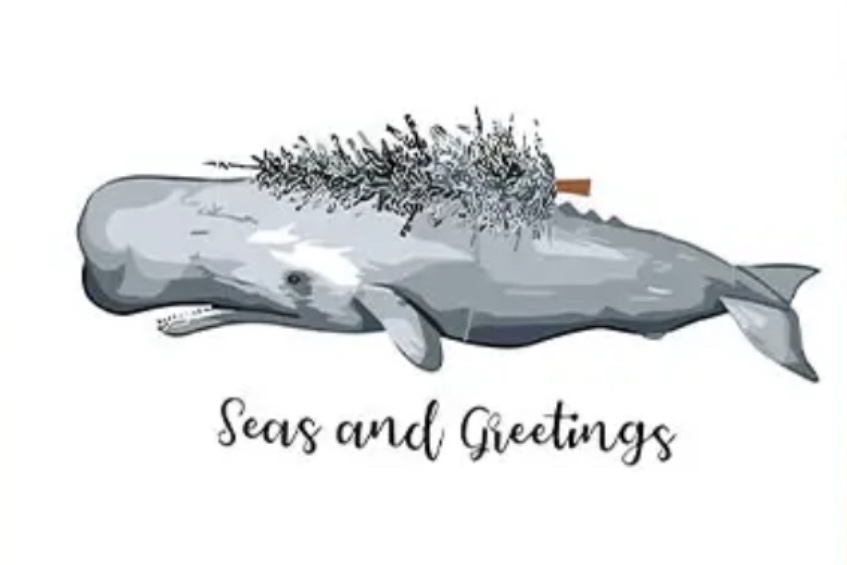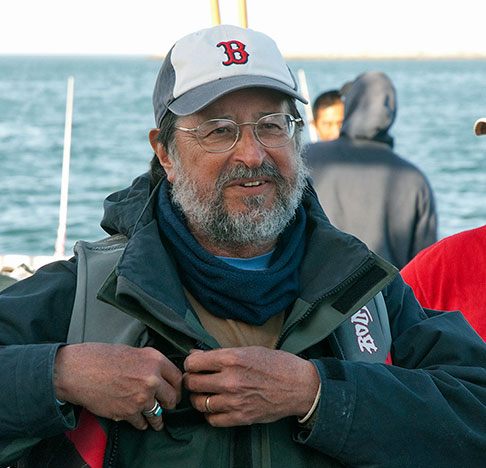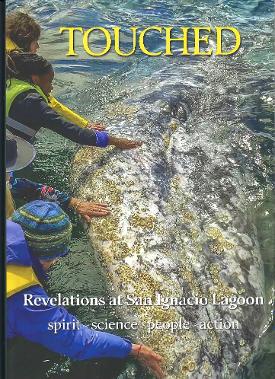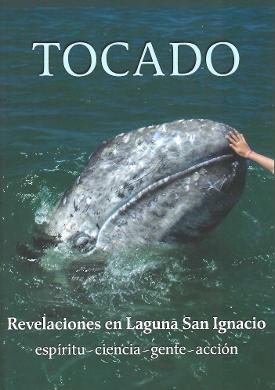Upcoming Speakers and Events
Due to unforeseen circumstances, Ted Cheeseman will present in 2026.
There will not be a presentation in December 2025.
November 12, 2025, 7 - 8 p.m.
Join us via Zoom
Speaker Series Program
with guest speaker Ted Cheeseman

About the Event
"New Science of Curious Migratory Patterns Among California's Humpback Whales"
About the Speaker
Ted is the co-founder and director of Happywhale, a research collaboration and citizen science web platform that is transforming data science for tracking individual whales. Ted recently completed a PhD studying North Pacific humpback whale populations, a broad collaborative study that leveraged AI technology to identify and track almost every living whale in the North Pacific. The study revealed a previously under-appreciated major mortality event where 1/3 or Hawaii’s humpback population was lost to the impacts of a three-year marine heatwave. Ted is particularly inspired to develop technology that fosters research collaboration, access to previously inaccessible learning, and building community around ocean ecosystems. When not studying whales, Ted is happiest anywhere wild, especially in surf or snow or on steep rocks.
December will be dark.
Enjoy your holidays!

About the Event
"News and Views of the Gray Whale”
This presentation will cover a brief overview of gray whale biology and natural history; events that indicated something was wrong with the population beginning in 2018 to present; ongoing research activities with UABCS in Baja California Sur; and the likely future of gray whales (and other baleen whales) in the context of climate change and human activities.
About the Speaker
Steven is a 1986 graduate of the University of California at Santa Cruz where he was awarded his Ph.D. under Dr. Kenneth S. Norris. Steven has researched and published widely on gray whales and their breeding lagoons in Baja California. From 1977 to 1982 Steven and Mary Lou Jones conducted the first systematic research of gray whales in Laguna San Ignacio in Baja California Sur, Mexico. In 2006, along with Jorge Urban R., they founded the Laguna San Ignacio Ecosystem Science Program (LSIESP) to support and encourage science-based research and monitoring of gray whales and their breeding/aggregation lagoon areas in Baja California Sur, Mexico. Steven served as a consultant to the Mexican government’s Ministry for the Environment, Natural Resources, and Fisheries (SEMARNAP), and worked for the Ocean Conservancy (previously the Center for Environmental Education), the U.S. Marine Mammal Commission, NOAA's National Marine Fisheries Service, and the International Whaling Commission. Steven retired from federal service in 2011 and now continues to work as a consultant and senior scientist for non-profit environmental and marine conservation organizations, including the "Gray Whale Research in Mexico" program which is a project of The Ocean Foundation that researches and monitors gray whales in Baja California Sur, Mexico. In his spare time, he enjoys flyfishing, backpacking, and playing Bluegrass and popular music with his friends. But, most importantly, he was ACS-San Diego Chapter's first president.
January 14, 2026, 7 - 8 p.m.
Join us via Zoom
Speaker Series Program
with guest speaker Steven Swartz

Steven L. Swartz has researched and published widely on gray whales and their breeding lagoons in Baja California for nearly 50 years. He is co-founder of Gray Whale Research Mexico (formerly known as the Laguna San Ignacio Ecosystem Science Program) and author of the seminal book Lagoon Time (2014). Retired from federal service since 2011, Steven currently works as a consultant and senior scientist for non-government environmental and marine conservation organizations. http://graywhaleresearchmexico.org
TOUCHED
Revelations at San Ignacio Lagoon
Essays by Steven Nightingale, Steven L. Swartz, Pancho Mayoral, Richard J. Nevle
Non-Fiction • Bi-lingual (English-Spanish) • 214 pages • $25 Paperback • Available everywhere
Proceeds from the sale of this book will be used to support gray whale research at the lagoon and projects that benefit the local lagoon community.
Touched is a wonderful and comprehensive overview of the magic of gray whales and Laguna San Ignacio, a globally important conservation success story.
—Serge Dedina, PhD
Executive Director of WILDCOAST, author of Saving
the Gray Whale


Information About Attending In Person Aboard the Legacy
Before the presentation, join us for Happy Hour aboard the Legacy at 6:30 PM. You can enjoy snacks for $3, as well as a selection of beer, wine, and canned cocktails priced between $5 and $9.
Location wise, we'll be at the Legacy Whale Watch (sdwhale.com) 1717 Quivira Rd, San Diego, CA 92109, behind the Seaforth Sportsfishing building. Be sure to arrive early because we have someone waiting at the dock gate to let you through.
Parking will be available at 1717 Quivira Rd. (Seaforth Sportsfishing parking lot) or out on 'Quivira Rd where designated. Pleasenote that the neighboring businesses on either side of the Legacy parking lot are towing aggressively, so don't park in Seaforth Boat Rentals, Seaforth Marina, Marina Village parking lots, or risk being towed. Parts of their parking lot are marked for permit parking, so be sure to look for those posts.
